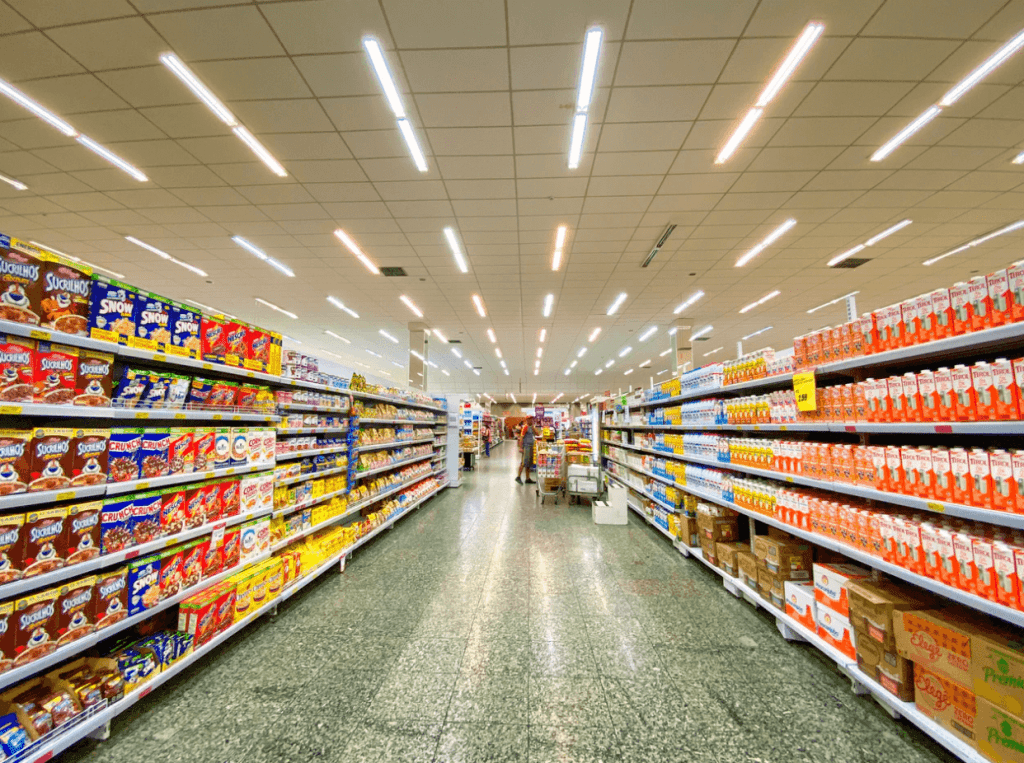The Covid-19 pandemic changed a lot of things, making them our ‘new normal’. These trends bloomed especially in terms of shopping, travelling, and entertainment. Among these changes, click & collect is the one that seems to be here to stay.
Consumer behaviors and trends changed significantly during the pandemic. People preferred shopping online and in particular certain categories. As for click & collect services, they were also available before the pandemic, but Covid-19 accelerated its usage.
So what makes click and collect equally useful for the future, and why are consumers likely to keep using it? Let’s discuss this in detail.

What is Click and Collect?
It’s no surprise that e-commerce saw a huge boost during the pandemic. Most people shopped online due to extended lockdowns and nationwide quarantine periods.
Click and Collect is a slight tweak in the conventional e-commerce process in which the goods are delivered to the shopper’s homes.
Instead, consumers place their orders online. Then, they come to the store to pick up the pre-paid and pre-bagged goods.
The process is quick, efficient, and in accordance with social distancing guidelines. Moreover, it lowers the burden and stress on businesses. According to Tony Mannix, the CEO of Clipper Logistics, click & collect is a better approach for businesses with a physical presence.
He states, ‘’Click and collect is convenient for the customer but also gives the retailer a chance to build their brand [by getting customers into the store for collections].”
Furthermore, click and collect became popular during the pandemic because people realized the importance of sustainability and green living. Since some companies offered packaging-free click and collect services, it reduced waste, having a positive environmental impact.
Growth of Click and Collect in 2020
According to Emarketer, click & collect shopping grew by 106.9% as compared to 2019. Shoppers spent about $72.46 billion on this service.
Previously, click & collect only had a 5.8% share in the total e-commerce sales in the US, but the figure rose to 9.1% during the pandemic.
Meanwhile, the number of people using this service also increased from 127.4 million to 143.8 million, which is a growth of 12.9%.
Will Click and Collect Hold Its Momentum in 2021?
Experts at Emarketer forecast this trend to continue into 2021. Sales in the US through click and collect are expected to increase by 15.2% in 2021, coming up to $83.47 billion. Additionally, it will make up for 9.9% of the retail e-commerce sales in the country.
As the popularity of click and collect is increasing, more than 150 million will purchase at least one thing using this service in 2021. The pandemic forced shoppers to opt for click and collect to maintain safety.
However, buyers will continue to stick with this trend, largely because of the convenience it provides.
Companies Actively Offering Click and Collect Services
Some companies are more active in offering click and collect services than others. Among them, Target, Lowe’s, Best Buy, Home Depot and Walmart are prominent names.
These brands alone accounted for a major chunk – $44.2 billion – of the total click and collect sales of $72.46 billion sales in the US in 2020. Also, click and collect accounted for half the e-commerce growth of these companies.
In fact, Target experienced a mind-boggling 734% rise in ‘Drive Up’ sales during the second quarter of 2020, which remained steady at 500% in the third quarter.
Moreover, the company reported an increase of over 600% in Drive Up sales and 70% in in-store pickups for the whole year of 2020.
Meanwhile, The Home Depot also reported that over 60% of the company’s digital sales were in-store picks in the second and third quarters of 2020.
Lowe’s also experienced a similar trend, and the company’s retail e-commerce sales went up by 111%.
Companies that want to grow in the post-pandemic era need to get on board with click and collect services. According to Thierry Elmalem, the senior managing director and EMEA, “Click-and-collect is a way to use your store footprint and logistic assets in a smart way.”

Benefits of Click and Collect
Click and collect is not only beneficial for customers but also for retailers, especially those following a hybrid retail model. As per Adobe Analytics, the US click and collect digital sales went up by 208% in the US in the month of April.
Even though shops are opening now that mass vaccination plans are in action, people still prefer shopping online. 23% of the online shoppers said they prefer click and collect rather than getting things delivered to their homes.
For Customers
The benefits of click and collect for customers are quite obvious. Here are some of them:
- Instead of waiting for several days to get their orders, customers can now drive up to the shop and pick up their orders.
- Click and collect also eliminates the risk of missing shipments at your door while you’re at work or out for a chore.
- Most consumers prefer shopping using their phones. Click and collect offers them an easy opportunity to do so, as many retailers’ phone apps support this functionality.
- The service is more convenient since customers can pick up their orders at times that are suitable for them. In this way, they don’t have to be at home when their order is scheduled to arrive.
- Click and collect also means customers don’t have to pay delivery fees.

For Retailers
Like customers, click and collect digital sales are also great for retailers:
- The multichannel approach – including phone app usage and store visit – leads to an increment in sales and customer loyalty.
- Since retailers don’t need to spend money on long-distance deliveries, click and collect saves costs.
- Brands can also collaborate with non-competitive retailers and let their shoppers pick up orders from them. Thus, retailers can offer their customers several pickup locations without having to make more brick-and-mortar stores.
Conclusion
It’s easy to see why click and collect is here to stay; it’s beneficial for both parties, lets retailers scale their businesses through multichannel service provision, saves time, and is the perfect approach to hybrid retail that seems to be the future.

